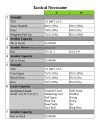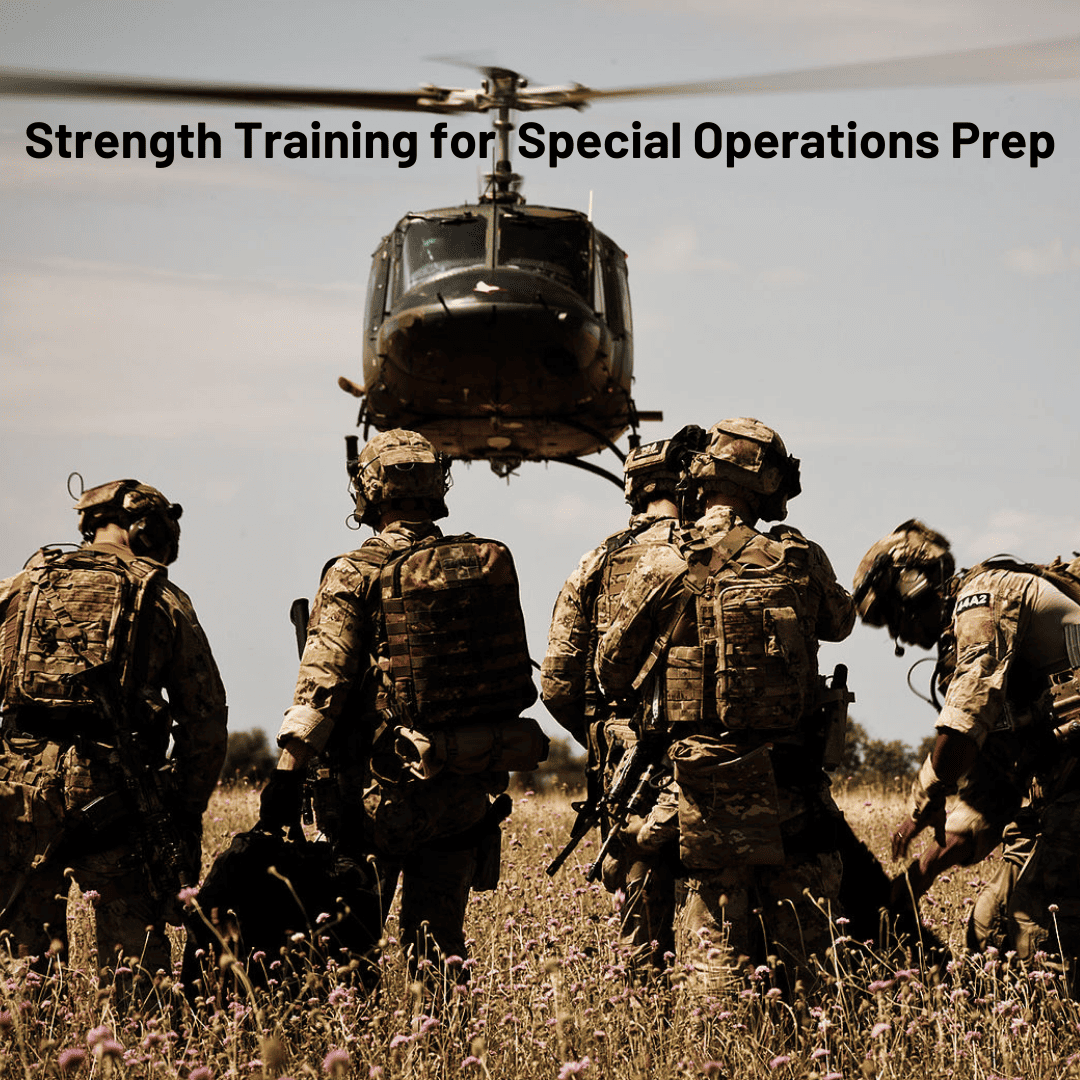pet'
Level 8 Valued Member
Hello @Delta
Coincidentally, there is this article on the blog: All-Around Training for the Tactical Athlete | StrongFirst
It leaves room for training specifics
However, I agree that at some point, you can not cut [long(er)] training sessions such as running or rucking. Depending on the unit you aim for, I'd look for what selection looks like (comments, documentaries, etc...). For instance, if it implies 10km of running per day, I would train to be able to handle this.
Increasing max strength is often a good idea (depending on where we start from). However, it does not have to be detrimental to conditioning, which is always tested in some ways (timed runs / rucks). Indeed, it can drain energy, it can lead to injury if volume is too high, etc...
Based on almost all the books I've read on the topic so far, programming often is fairly simple it revolves around the basics:
- between 30-40km of running (which includes LSD, threshold / intervals, time runs (based on specific events))
- Fundamentals of strength moves (pull ups, presses, squats, deadlifts), oriented toward strength-endurance (2-5 sets of 8-15 reps (which is not strongfirst oriented rep sets) if paired with what follows
- Calisthenics (push ups, pull ups, etc...)
Most of the time, we see a split such as upper / lower or upper / lower / full
Mobility and stretching are paramount as well. Depending on your current "level" on those, get ups (not necessarily heavy) can be worthy.
Kind regards,
Pet'
Coincidentally, there is this article on the blog: All-Around Training for the Tactical Athlete | StrongFirst
It leaves room for training specifics
However, I agree that at some point, you can not cut [long(er)] training sessions such as running or rucking. Depending on the unit you aim for, I'd look for what selection looks like (comments, documentaries, etc...). For instance, if it implies 10km of running per day, I would train to be able to handle this.
Increasing max strength is often a good idea (depending on where we start from). However, it does not have to be detrimental to conditioning, which is always tested in some ways (timed runs / rucks). Indeed, it can drain energy, it can lead to injury if volume is too high, etc...
Based on almost all the books I've read on the topic so far, programming often is fairly simple it revolves around the basics:
- between 30-40km of running (which includes LSD, threshold / intervals, time runs (based on specific events))
- Fundamentals of strength moves (pull ups, presses, squats, deadlifts), oriented toward strength-endurance (2-5 sets of 8-15 reps (which is not strongfirst oriented rep sets) if paired with what follows
- Calisthenics (push ups, pull ups, etc...)
Most of the time, we see a split such as upper / lower or upper / lower / full
Mobility and stretching are paramount as well. Depending on your current "level" on those, get ups (not necessarily heavy) can be worthy.
Kind regards,
Pet'



